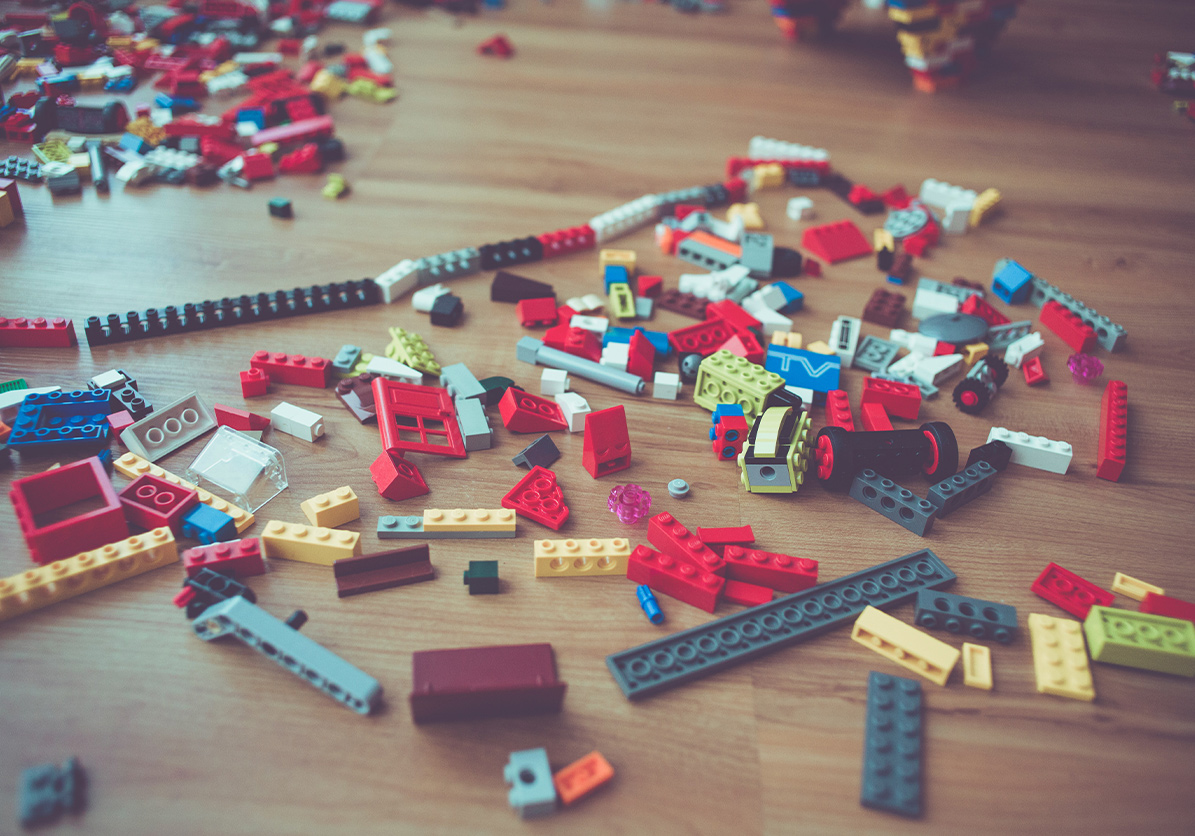Training mentally disabled and differently abled bodies through art

LEARNING IN SENSORIAL TIMES
Course Outline
A few words about the course: This course shares how art facilitators open up various ways to communicate and set up equal participation for all people in our diverse society. This course underlines the importance of building one-to-one relationships -between each body and the facilitator-, capturing the attention of the events as they emerge at the moment. It offers the guidance of setting up active and safe spaces for creative processes to happen. It proposes a loop structure that can be developed throughout each learning process while allowing the facilitator to learn from different perceptions and question normative perspectives.
Arts: Movement and Dance, Theatre and Educational Drama, Painting- Sculpture (Visual Arts) and Photography.
Terminology
Body: We refer to the human structure as a whole. Body and mind grouped together. The embrainment of the body and the embodiment of the mind – We perceive the body as a whole non-subjective transformative complex constellation with body parts that learn to apply solidarity and unity to the rest. It becomes a performative and pluralistic process interdependent with its taxonomies and epistemologies” (Ferrando, 2014: 158).
Differently-abled Body: An active, material, and discursive matter that shapes and is being reshaped by the world, in an ongoing process of embodied transformation, yet vulnérable.
Crip time: “Crip time is flex time not just expanded but exploded; it requires re-imagining our notions of what can and should happen in time, or recognizing how expectations of ‘how long things take’ are based on very particular minds and bodies. Rather than bend disabled bodies and minds to meet the clock, crip time bends the clock to meet disabled bodies and minds.”(Kafer, 2013)
Course Modules
Methodology
Starting by understanding what the term ‘disabled’ holds, we will move towards a more inclusive and open understanding of ‘differently-abled bodies. Bodies that hold a different way of moving, perceiving, and imagining. We are all bodies with a range of sensorial recipients.
Our methodology is based on a wide sensitive understanding of the complexity of the multitude of our human bodies. We create a learning process based on different time -‘crip’ time-. A communication process that values each body, each different time quality. In this way, every single person has the possibility to explore the dynamic of the body and the abilities of connection and interaction with others. Bodies that present different agencies with different needs in the space.
We propose a loop structure that can be applied in every encounter:
Observation, Connection, Interaction, Sharing.
We work with techniques that set up safe spaces, artistic tools attentive to the sensorial world, and a pedagogical frame based on being alert at the moment of the event. We emphasize the real experience by giving stimulus that energizes the senses. We are interested in sharing an understanding of the learning experience that has been generated between trusting bodies and not pointing out ‘the other’.
The course positions itself towards a philosophical and methodological theory for reasonability that includes the difference. We give value in the state: “you become the moment with different orders of sensations.”
Evaluation- feedback
Participants fill in a course evaluation form providing thus feedback on what they have been taught.
